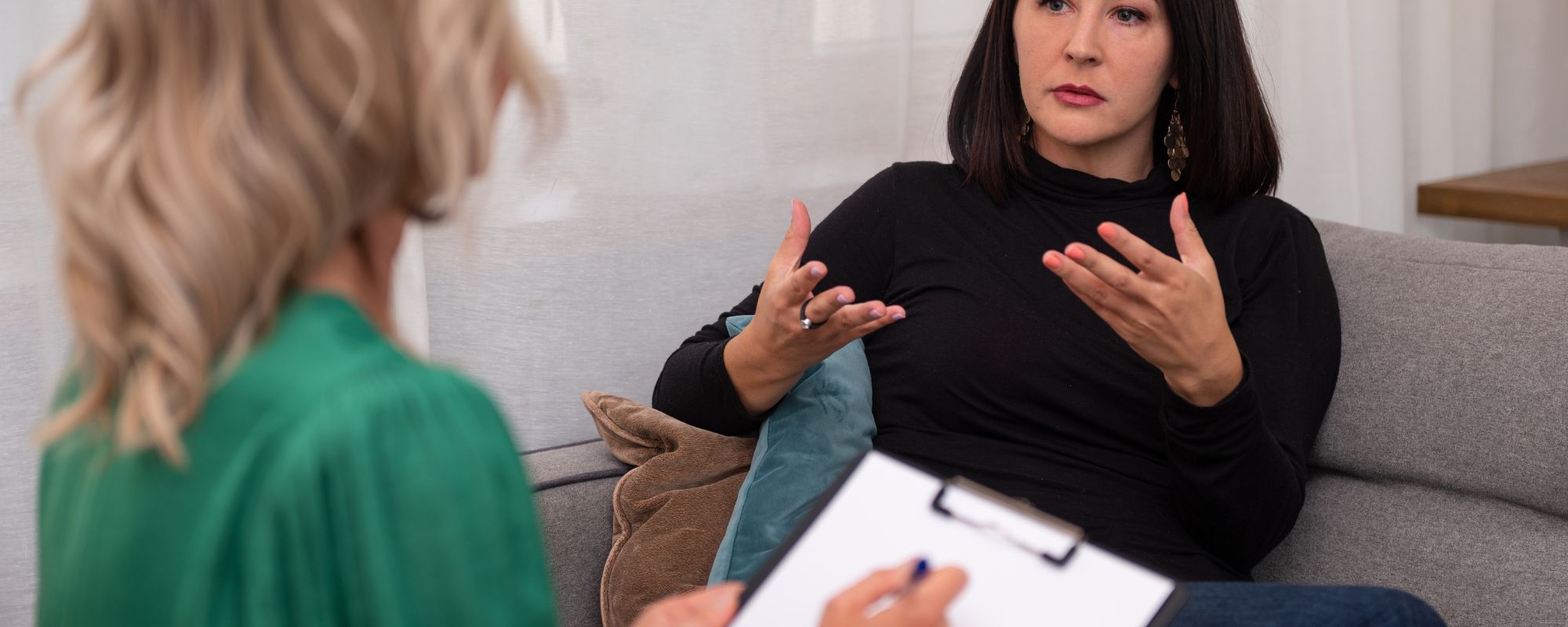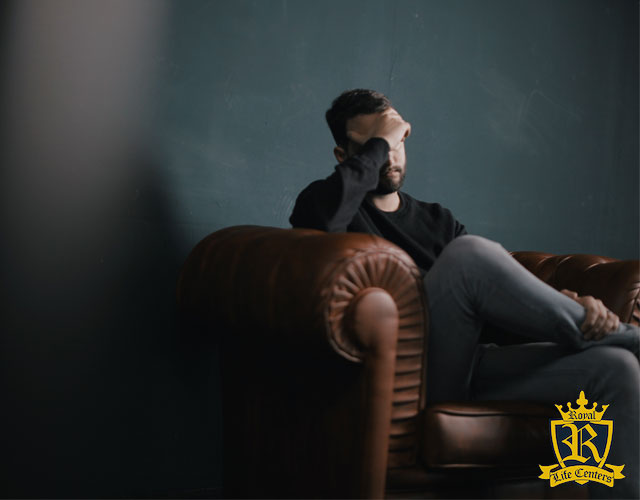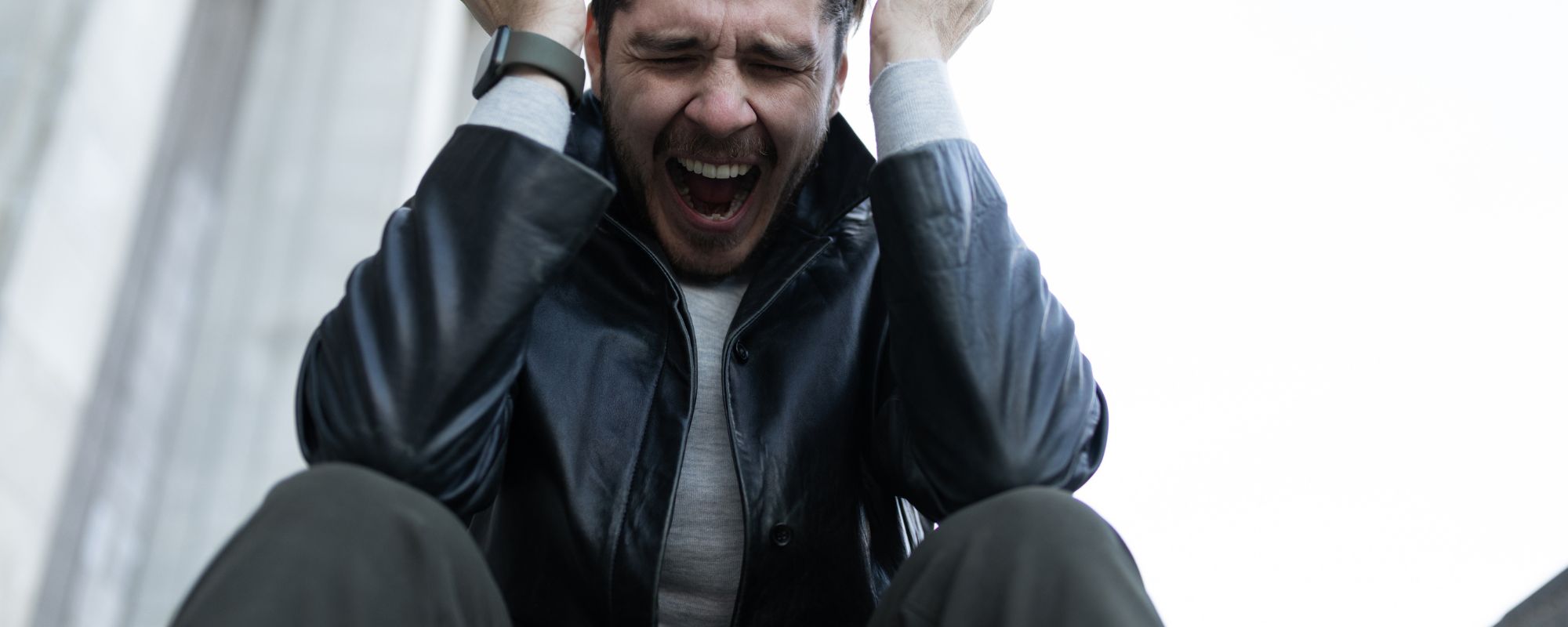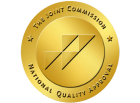As we know, the opioid crisis and epidemic hit our nation greatly, claiming thousands of lives in the process. Along with the opioid epidemic, we are seeing trends in the abuse of prescription medications, now more than ever before. With this heightened prescription drug abuse, it is especially important to be making sure than your prescription pills are safely stored and/or disposed of. “More than 70 percent of people using opioid painkillers for non-medical reasons get them from family or friends” (Vittorio).
The Threat
In addition to intentional abuse of prescription medications, leaving around unused medications can also result in accidental ingestion. “Each year in the United States, approximately 60,000 emergency department (ED) visits and 450,000 calls to poison centers are made after children under 6 years of age find and ingest medication without caregiver oversight. Over two-thirds of ED visits for accidental pediatric medication exposures involve 1- or 2- year old children and nearly 20% result in hospitalization” (Lovegrove). Leaving around medications can pose an unnecessary health risks for children. Child-proof containers are also not effective in preventing accidental ingestion, “In a study that looked at cases of accidental child exposure to a grandparent’s medicine, 45% of cases involved medicines stored in child-resistant containers” (CDC).
Here is everything you need to know when it comes to properly disposing of prescription medications:
Safely Storing your Prescription Medication
Storing your prescription pills safely is an important method of protection for family and friends around you. You should safely lock up any prescription medications, or any substances that can be abused. Consider using a lock box, locked cabinet, or safe to store your medications. This measure will ensure that no one except you has access to your medications that could be used and abused. Medications like prescription painkillers or tranquilizers should always be under lock-and-key to avoid any other person having the medications accessible to them.
Medications you should definitely store safely include:
- Percocet
- Vicodin
- OxyContin
- Xanax
- Valium
- Klonopin
To be completely safe, make sure to secure any medication that has an abuse potential, even over the counter medications like cough syrups. Securing all medications will take away the possibility of them being abused or misused.
If you have a teenager or young adult still living in your household, who is prescribed to medications that can be abused (like Adderall, Vyvanse, Xanax, etc.) it is always a good idea to monitor their prescription medications, and possibly administer the medication to them yourself— to avoid misuse and/or abuse of the substance.
Take-Back Day
This is a day designated for people to bring their controlled substances to designated drop off sites across the country. This event takes place from 10 am until 2pm, and is a free and anonymous service. (Mundell). Take-Back day is a bi-annual event, sponsored by the U.S. Drug Enforcement Administration (DEA). “In the 15 Take-Back Days held since the program’s inception in 2010, Americans have turned in and safely disposed of about 5,000 tons of prescription drugs, the DEA said” (Mundell). The DEA held its’ 17th National Prescription Take-Back Day on April 27th, 2019.
Take-Back day accepts pills and patches, you cannot dispose of any liquids, needles or sharps. For more information about where to properly dispose of other prescription drug forms beyond pills or patches, please consult local law enforcement officials to find a location near you.
Can You Dispose Medications at Home?
Yes, there are instructions for your medications that will tell you the best way to dispose of your medications at home— if possible. The two methods of at-home disposal include flushing the medication, and throwing the medication out in the trash.
Flushing
Certain medications hold directions to be disposed of by flushing them down the toilet or sink. “Check the label or the patient information leaflet with your medicine. Or consult the U.S. Food and Drug Administration’s list of medicines recommended for disposal by flushing when a take-back option is not readily available” (FDA). When flushing a medication, you want to remove the substance from its original packaging in order to flush it. If you have a liquid medication, you can also pour the substance down the drain of a sink or tub.
“Some people wonder if it’s okay to flush certain medicines when a take-back option is not readily available…’ The main way drug residues enter water systems is by people taking medicines and then naturally passing them through their bodies,” says Raanan Bloom, Ph.D., an environmental assessment expert at the FDA. “Many drugs are not completely absorbed or metabolized by the body and can enter the environment after passing through wastewater treatment plants’ “ (FDA). To-date, there has been no sign of environmental effects caused by flushing drugs.
Trash
Throwing medications out in the trash is another option. “Almost all medicines, except those on the FDA flush list (see below), can be thrown into your household trash. These include prescription and over-the-counter (OTC) drugs in pills, liquids, drops, patches, creams, and inhalers” (FDA). There are certain steps you should take if you are looking to dispose of medications in the trash:
- Remove the drugs from their original containers and mix them with something undesirable, like coffee grounds, food, dirt, or cat litter. This makes the medicine less appealing and unrecognizable to those who may intentionally go through trash looking for drugs
- Put the mixture in something you can close (like a re-sealable bag or container) to prevent the drug from leaking or spilling out
- Throw the container in the garbage
- Scratch out (or scribble over) all of your personal information on the empty medicine packaging to protect your identity and privacy. Then, throw the packaging away
Fentanyl Patches
It is recommended to dispose of any powerful narcotics in a designated disposal location, however, some controlled substances will have instructions for at-home disposal that are specific to “reduce the danger of overdose from unintentional or illegal use” (FDA). Fentanyl patches are an example of one powerful narcotic that should be flushed according to the specific instructions shared in the patient information leaflet that came with the prescription, “This adhesive patch delivers a strong pain medicine through the skin. Even after a patch is used, a lot of the medicine remains. That’s why the drug comes with instructions to flush used or leftover patches” (FDA).
Inhalers
Disposing of inhalers may be hard, as puncturing or incinerating the medication can be dangerous. We recommend following the instructions for disposal on the leaflet that came with your prescription, or reaching out to your local trash or recycling facility to find out local regulations.
You Don’t Have to Wait for Take-Back Day
“If you have unused or expired prescription painkillers, the Food and Drug Administration recommends bringing them to an authorized collection site, such as a police station or pharmacy. Some collection sites may also offer mail-back programs or collection receptacles to help people safely dispose of unused medicines. “ (Vittolio). Find a list of disposal locations near you, by following the link below:
DEA diversion control division, controlled substance public disposal location search
Other alternatives are available at some local and chain pharmacies. For example, many Walgreens locations have a medication disposal kiosk. At this kiosk, you are able to drop in the following items for disposal:
- prescription pills
- prescription ointments
- prescription patches
- pet medications
- vitamins
items you cannot put in the Walgreens medication disposal kiosk include:
- needles
- inhalers
- thermometers
- aerosol cans
- hydrogen peroxide
- illicit drugs
Permanent Collection Sites
In your community, there may be permanent disposal sites in places like hospitals, clinic pharmacies, law enforcement facilities, etc. Call your local law enforcement and community bodies to find out more about safe collection sites. Many times, local law enforcement will host take-back days, in which members of the community can safely dispose of their medication.
In addition to permanent collection sites, some medications may have mail-back programs, where you are able to mail back any unused medication from your initial prescription. For more information about mail-back programs, please consult the leaflet that came with your prescription, or visit the website for the medication you need to dispose of.
Stay Informed
When it comes to reducing the impact of substance abuse using prescription medications, it is important to stay informed and take protective measures for you, your family, and loved ones. You should always dispose of unused, unwanted, and expired medications. Get involved in your community, and spread the word about the significance in safely securing and disposing of prescription medications. Together, we can make a difference in protecting others from substance abuse and addiction.
If you or someone you know is struggling with an addiction, please reach out to our addiction specialists at (877)-RECOVERY or (888) 559-5109. Our team of addiction specialists make themselves available to take your call 24 hours a day, 7 days a week. Because We Care.
References:
Mundell, E.J. “Got Unused Prescription Meds? Saturday Is National Drug Take-Back Day.”
Centers for Disease Control and Prevention. PROTECT Initiative: Advancing Children’s Medication Safety. https://www.cdc.gov/medicationsafety/protect/protect_initiative.html
Consumer HealthDay, HealthDay, 26 Oct. 2018, consumer.healthday.com/general-health-information-16/drug-abuse-news-210/got-unused-prescription-meds-saturday-is-national-drug-take-back-day-739012.html
FDA. “How to Dispose of Unused Medicines.” Where and How to Dispose of Unused Medicines, FDA, www.fda.gov/consumers/consumer-updates/where-and-how-dispose-unused-medicines
Lovegrove MC, Weidle NJ, Budnitz DS. Trends in Emergency Department Visits for Unsupervised Pediatric Medication Exposures, 2004-2013. Pediatrics. 2015;136(4):e821-829
“National Prescription Drug Take Back Day.” National Prescription Drug Take Back Day, www.deadiversion.usdoj.gov/drug_disposal/takeback/index.html
Vittorio, Joseph A. “How to Safely Store and Dispose of Prescription Painkillers.” U.S. News & World Report, U.S. News & World Report L.P., 8 Jan. 2019, health.usnews.com/health-care/for-better/articles/2019-01-08/how-to-safely-store-and-dispose-of-prescription-painkillers












